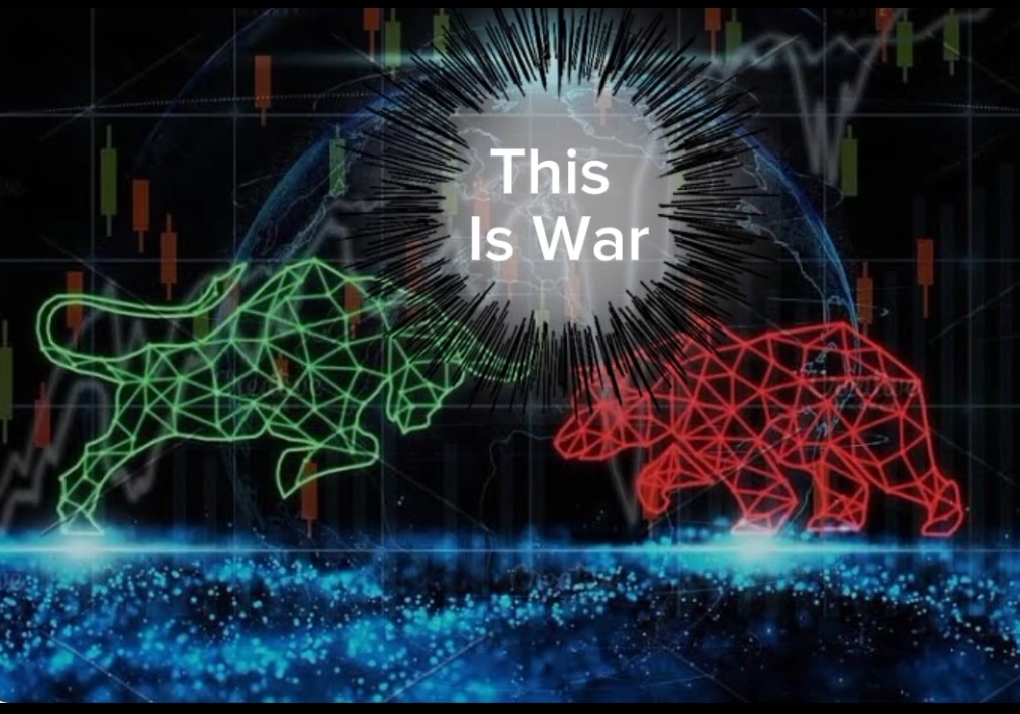Classical Retail Trading Vs Smart Money Concepts Battle for Superiority (A four-part series)
Classical Retail Trading Vs Smart Money Concepts
Battle for Superiority: (A four-part series)
For a long time Ever since the introduction of smart money concepts (SMC) far back since its introduction in 2016, there has been a constant battle between traders as to the best technique when it comes to approaching the market.
A lot of veteran classical retail traders have found it hard to believe, and even contested the fact that there is anything out there other than chart pattern recognition and have felt insulted that anyone could come out and call classical concepts inferior, especially while they’ve made so much money using these concepts.
In this article, I will be breaking down my points in the following order
- A look into classical retail trading (Part 1)
- Their concepts and methodology.
- Examples of successful Classical retail veterans and their work.
- A look into smart money concepts (Part 2)
- Their concepts and methodology.
- Examples of successful Smart money veterans and their work.
- The origin of the battle (Part 3)
- How did this war start?
- My take on the two trading concepts.
- What most traders do to be on the right side of the battle (Part 4)
- My two cents.
- The shiny object syndrome.
Let us Begin!
Classical Retail Trading

Ever since the evolution of the financial markets and the democratization of access to these markets, there has been a rise in the population of retail investors/traders, and with this has risen the religion-like following where an individual comes up with:
- A unique way of looking at the market
- Makes him/herself public and inspires a following
- Then a community is formed around the strategy of that individual
This has been the way things have shaped up in the world of trading in general and especially in the retail trading space.
Certain individuals like this have made an impact in the trading industry and have done well to inspire millions of traders and even though they are long gone their concepts forever live on. Examples of such individuals or legends as they might be called are:
- Ralph Nelson Elliott (Elliot Waves).
- Leonardo Fibonacci (Fibonacci sequence).
- John J. Murphy (Garner waves).
Quick history
1. Ralph Nelson Elliott (Elliot Waves)

He was an accountant by profession and an avid market observer who studied price charts of various financial markets, particularly the stock market, his invention the Elliot wave Principle was a theory that attempts to predict future price movements in the financial markets by identifying recurring patterns in market sentiments and psychology.
He invented this piece of work in the 1930s and it is still in use to date, which further stresses my point that these individuals, or legends as they are called by their following have impacted the lives of millions of traders intellectually and this has made their name forever known in the trading industry.
Elliot wave concept

The concept thinks that the market moves unfold in a series of five waves in the direction of the following:
- Primary trend (impulse waves)
- Followed by three waves against the primary trend (corrective waves).
The basic wave structure forms a larger pattern known as “waves within waves”, which have a repetition as you move time frames. The purpose of this content is not to go into great detail about the theory of these mentors, I just want to give context to their concepts and the impact they had on the trading community as a whole.
Elliott wave principles have become one of the most widely followed technical analysis tools, used by traders, investors, and analysts to analyze market trends and also potential reversal points essentially to make trading decisions.
2. Leonardo Fibonacci (Fibonacci sequence)

He is also known as Leonardo-Pisano, he was an Italian mathematician who lived during the late 12th and early 13th centuries. He is credited with the popularization of the Hindu-Arabic numeral system in Europe through his book “Liber Abaci” (Book of Calculation).
It was in this book the famous “Sequence of Numbers” was introduced popularly known as the “Fibonacci Sequence”
Fibonacci Sequence Concept

The Fibonacci sequence is a series of numbers where each number is the sum of the
Two preceding ones, starting from 0 and 1. Therefore, the sequence begins: 0,1,1,2,3,5,8,13,21,34, and so on. This sequence has many interesting properties and applications in mathematics, including its relationship to nature, art, and financial markets.
The most popular uses of the Fibonacci tool are its retracement and extension properties and its indication of premium, equilibrium, and discount when measured on price swing points.
Traders use the tool as a form of determining the best points to buy or sell based on retracement levels.

In the case of a buy: when the price reaches a discount level a trader looks to buy.
In the case of a sale: when the price reaches a premium level a trader looks to sell.
Traders also use the tool as a form of determining targets and places to take profits once the price touches the levels and examples of this can be when the price touches the standard deviation of the initial swing points the Fibonacci tool was anchored on.
3. John J. Murphy (Garner waves)

He is a prominent technical analyst and author, and he used the concept of Garner waves which is also known as Garner’s Intermarket Analysis. He is a well-known figure in the field of technical analysis and has a large following of people who have used his concept he has under his belt decades of experience in the financial markets which is evident in his book “Technical Analysis of the Financial Markets”.
Garner Waves Concept
The Garner waves are a type of technical analysis tool that combines elements of Elliott waves theory, Dow theory, and Intermarket analysis to analyze market trends and forecast price movements. The waves are designed to capture the cyclical nature of the financial markets and identify patterns and relationships between different asset classes. Garner waves represent Murphy’s unique approach to market analysis and have influenced generations of traders, analysts, and investors.
That will be it for this week, net week we go into Smart Money Concepts
Till then, Be safe!


